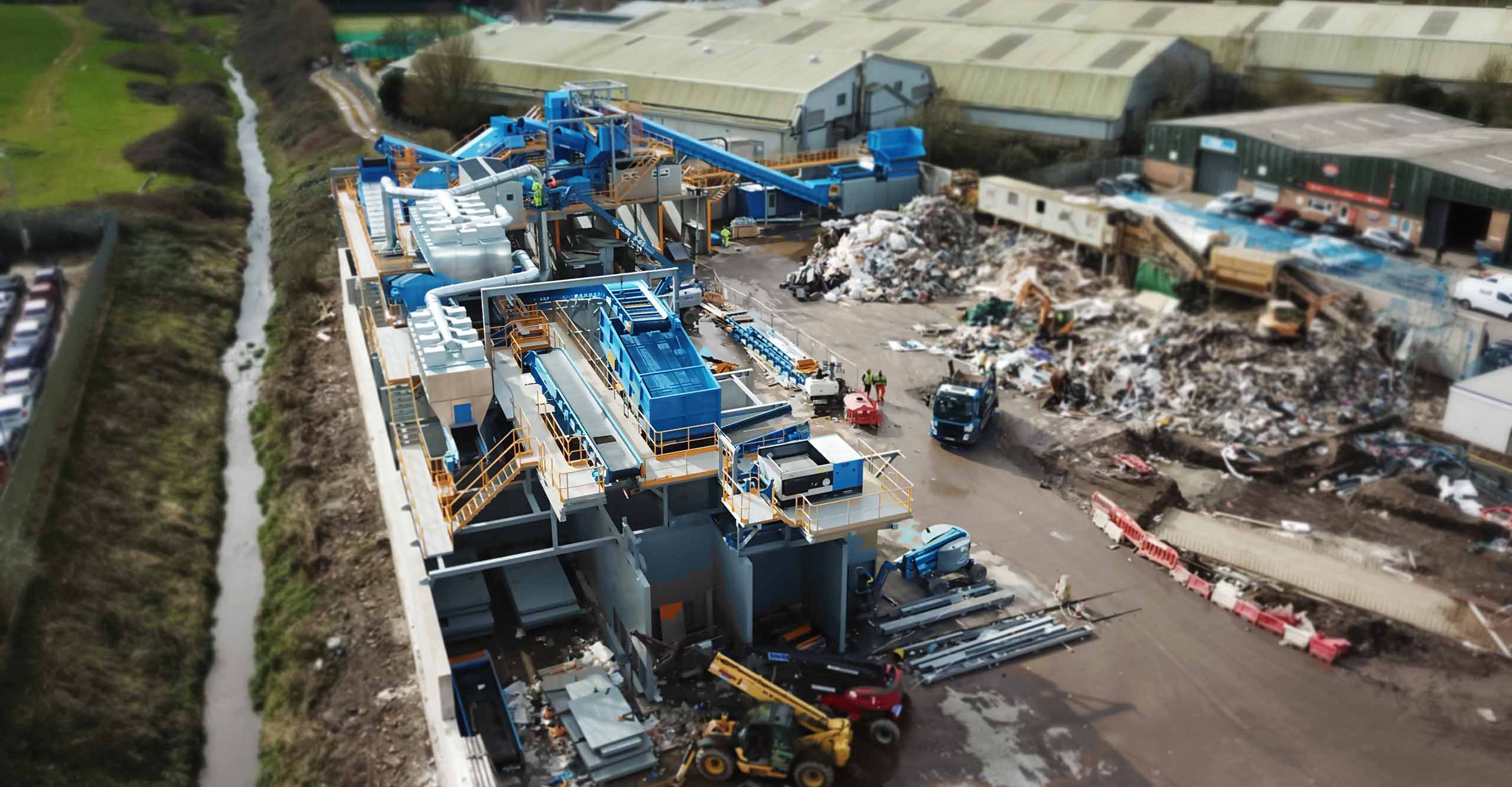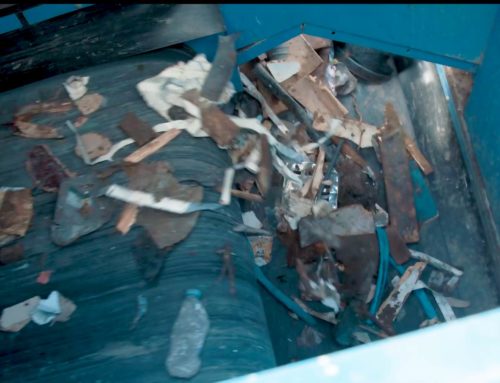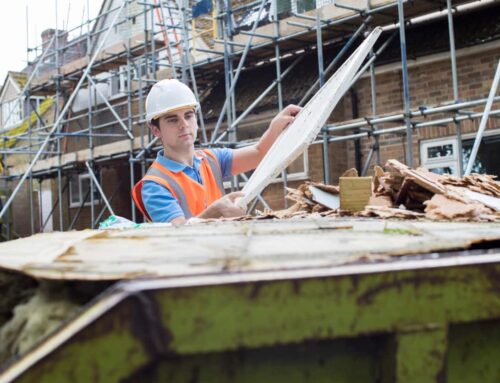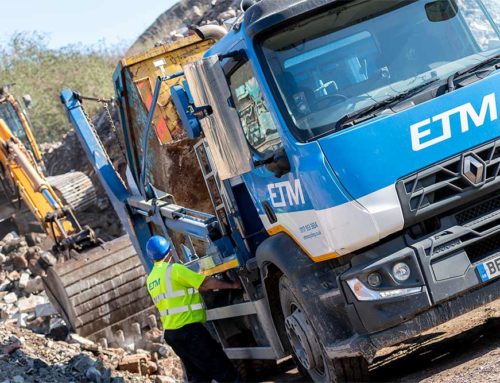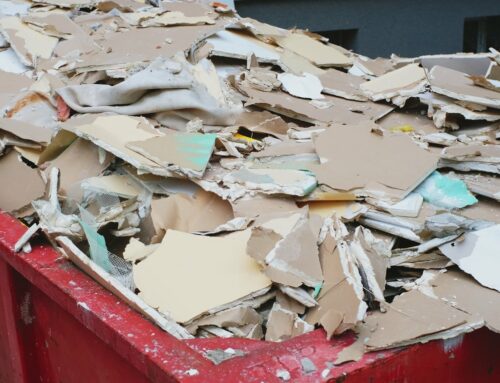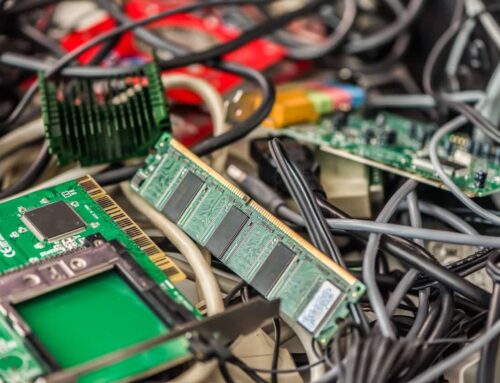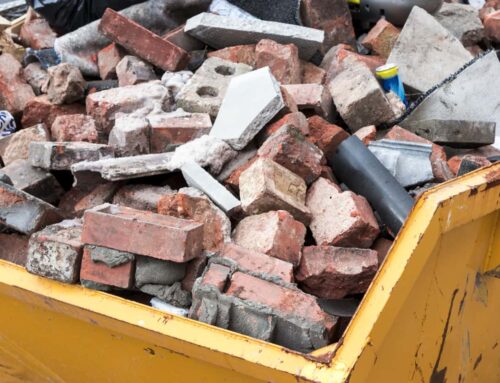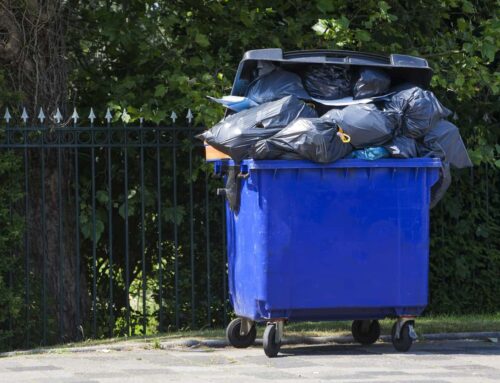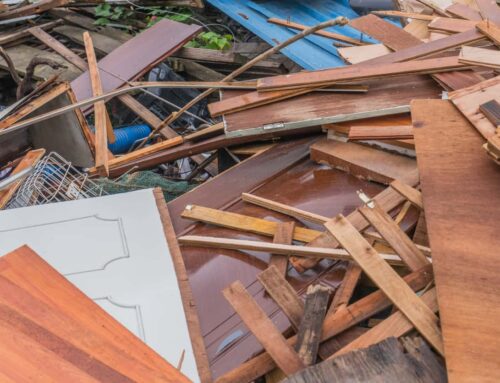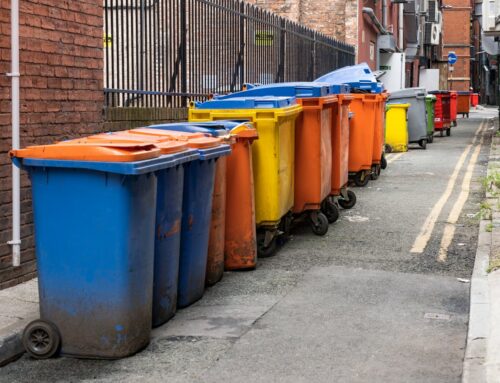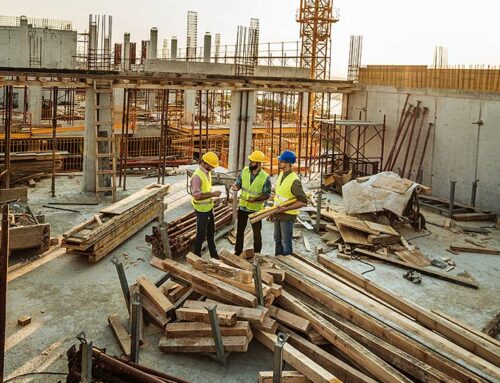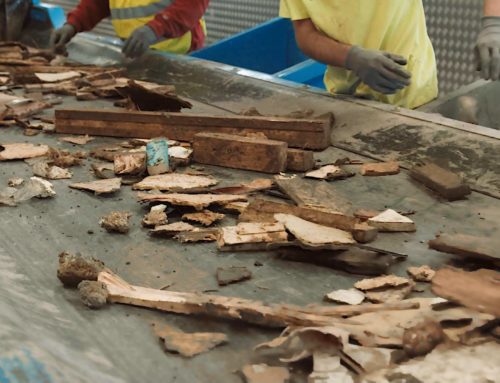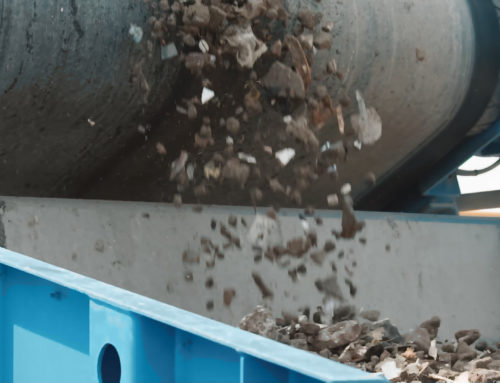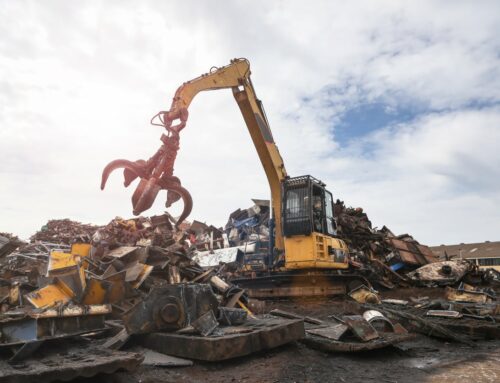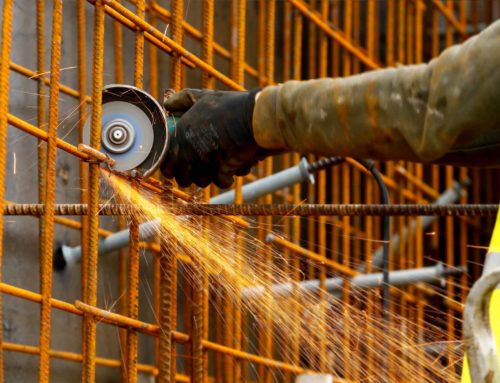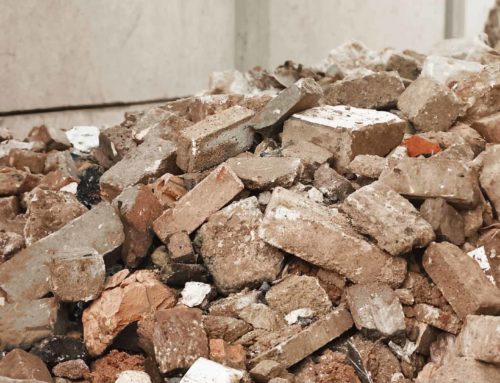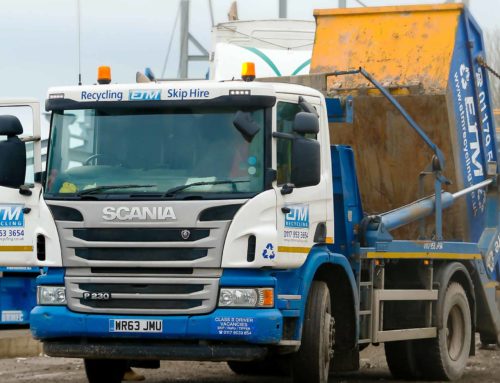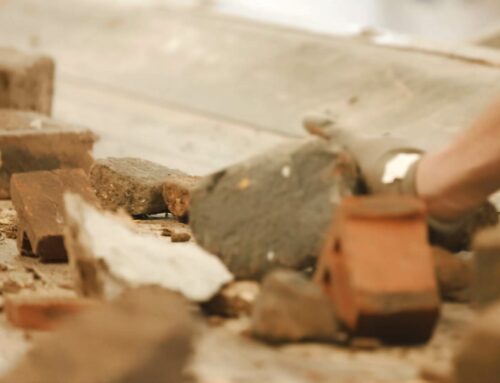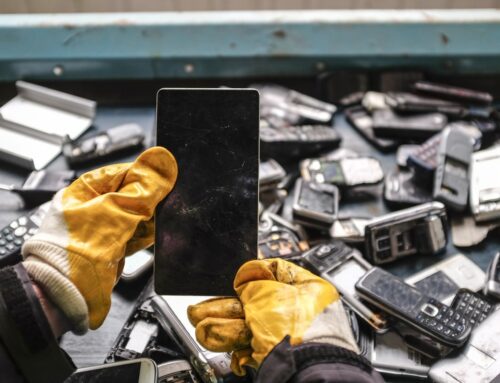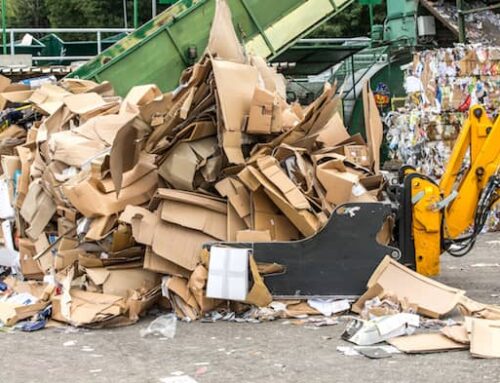Ferrous metals have been used for centuries and are now integral to industries as diverse as construction and healthcare. Known for their tensile strength and hardness, ferrous metals are differentiated from other types by the presence of the element iron.
Businesses all over the South West trust ETM Recycling to provide them with their total waste management solution. From road sweeper hire to plastic recycling, we provide the full spectrum of waste services.
In this blog, our scrap metal experts explain everything you need to know about ferrous metals.
What Are Ferrous Metals?
Many people consider the main difference between ferrous and non-ferrous metals to be the degree of magnetism. Actually, the distinguishing feature of ferrous metals is the presence of large amounts of iron in their elemental composition. The word ferrous comes from the Latin word ferrum, meaning iron. It is this iron which creates the ferromagnetism for which these metals are known. It also makes them vulnerable to rust.
Ferromagnetism is a unique magnetic behaviour whereby small atomic domains exhibit a weak magnetic moment in opposing directions, resulting in no net magnetism. If an external magnetic field is applied, these atomic domains align in parallel to this magnetising field, resulting in the acquisition of permanent magnetism or attraction.
Are Ferrous Metals Recyclable?
Yes! Ferrous metals can be recycled again and again without degrading their quality, and consequently are highly valued by the scrap metal industry. They must be carefully separated from non-ferrous metals, processed, melted down, and purified. The result is a new high-quality material made with significantly less energy than would have been required to extract virgin metals from their ore.
Properties of Ferrous Metals
Ferrous metals have been used for centuries for good reason. They have an array of beneficial properties that make them well suited for a wide range of products and applications. These properties include:
- Good tensile strength.
- Magnetism.
- Low resistance to corrosion.
- Good conduction of electricity.
- Recyclable.
- Silver appearance.
Examples of Ferrous Metals
Ferrous metals are diverse, wide-ranging, with many different properties depending on the amount of carbon they contain. Here are some common types that you might have come across.
Carbon Steel
90% iron, carbon steel is extremely strong, making it suitable for use in large structures, automotive components, and tools.
Stainless Steel
Stainless steel is a common ferrous metal alloy made using high levels of chromium. This provides the metal with better resistance to corrosion, making it perfect for appliances, cooking utensils, and medical equipment.
Cast Iron
Cast iron contains around 2-4% carbon and is strong but can be brittle. It is used for a wide range of products, including cookware, manhole covers, pans, gates, and vices.
Wrought Iron
In contrast to cast iron, wrought iron has a low carbon content (less than 0.08%) and is made using slag which gives it a distinct ‘grain’. It is tough and corrosion resistant and has been used for gates, fences, bridges, anchors, and much more for centuries.
How Are Ferrous Metals Recycled?
Recycling your scrap metal makes sense. We process huge volumes of ferrous metal every day at our state-of-the-art waste transfer station. Let’s break down how the process of ferrous metal recycling works.
- Step 1: Collection – First, the metal must make its way to the transfer station. Scrap metal can be tipped or collected by our fleet of vehicles depending on your requirements.
- Step 2: Sorting – Scrap metal will be sorted using magnets and eddy currents to separate ferrous and non-ferrous which must be recycled separately.
- Step 3: Processing – To boost the efficiency of the melting process, the metal is shredded. This allows it to be melted using less energy.
- Step 4: Melting – The shredded metal is heated in a large furnace until it turns molten.
- Step 5: Purification – To ensure the final product is high quality, the molten metal must be purified to remove contaminants. This is commonly done using electrolysis.
- Step 6: Solidifying – The purified metal is cooled and solidified in specific shapes depending on its end-use, e.g., bars, sheets, blocks.
Why Recycle Ferrous Metals?
Saves Energy
The scrap metal recycling process consumes far less energy than is required to mine new ore and create virgin metals.
Reduces Carbon Emissions
Along with reduced energy use, recycling scrap metal for reuse produces lower carbon emissions than the mining and smelting processes.
No Loss of Quality
Unlike plastic, all types of metals can be recycled repeatedly and still retain their chemical properties and original quality.
Additional Revenue
Businesses who send their scrap metal for recycling can get attractive rebates for doing so. At ETM Recycling, we provide these ourselves, eliminating the need for third-party scrap metal merchants.
Improves Waste Management
Diverting the metal in your skip waste from landfill is a great way to improve your business’ waste management. Not only will this save you yet more money, but it will also boost your operational efficiency and environmental profile.
Learn more: How to Improve Waste Management
Industry-Leading Scrap Metal Recyclers
ETM Recycling diverts over 1,000 tonnes of scrap metal from skip waste. Our cutting-edge transfer centre is equipped with the latest machinery, providing us with enhanced metal recycling capabilities. Every day, we turn ferrous and non-ferrous metals alike into brand-new, high-quality materials.
If you want to start recycling your scrap metal with us, get in touch with our friendly team!
Read next: Finding the Right Waste Management Company
Read next: The Ultimate Guide to Wood Recycling
